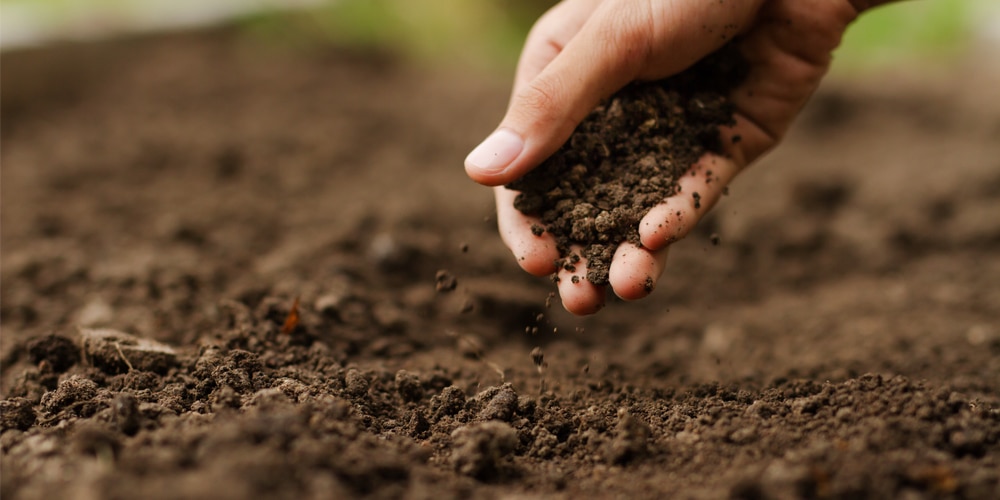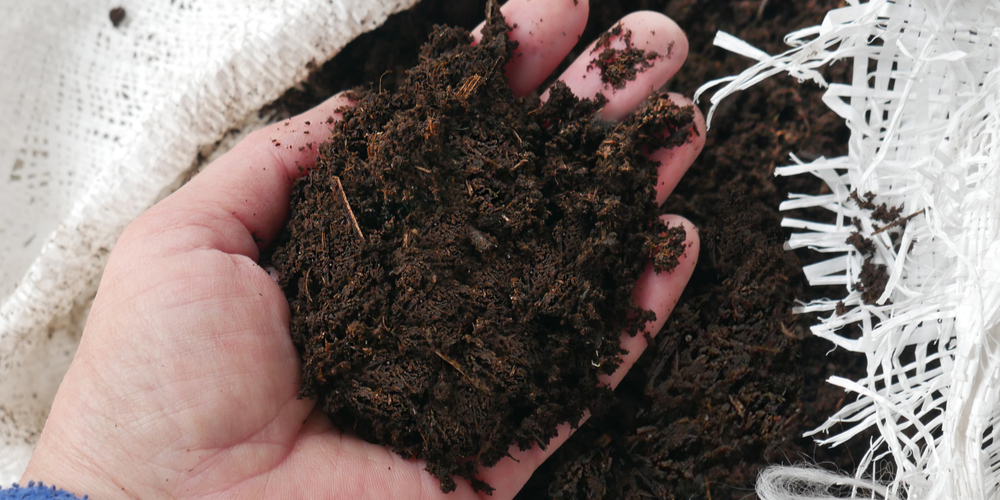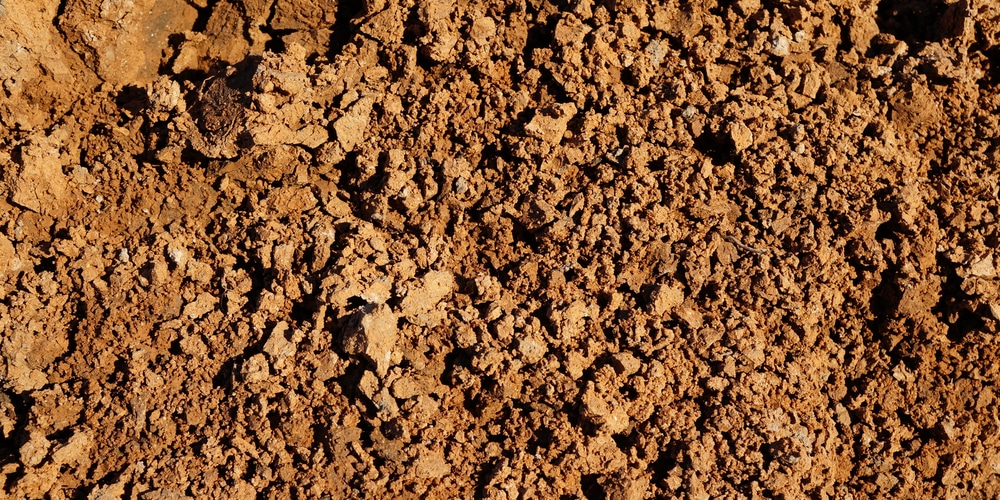So, you are getting familiar with the gardening terminology, and you’ve come across the term topsoil. You investigate and learn what it is. So, you now know that the term refers to the superficial twelve inches of the ground. It stands for the position of your soil rather than its composition.
Still, it has some characteristics that stand out from other soils. For instance, topsoil is usually higher in nutrients because it is where the organic matter decays, turning into food for the plants you are growing. But is topsoil dirt? Or is there a difference between the two? Are you curious to learn whether you should use dirt or topsoil for your garden? Read on!
If you are new to gardening, you might look at dirt and topsoil and see them the same. But the truth is that both serve different functions which you should know about, especially when making changes to your garden. Let’s look at topsoil VS dirt!
What is Dirt?
There are various types of “dirt,” and there is plenty of confusion about the term. Here, we’ll talk about the most common type: fill dirt.
Fill dirt is the mixture of broken rocks, sand, and clay with little to null organic matter and low fertility levels. You might need it to provide your garden with a more stable material, but you will need to add some organic matter to it if you are looking to enhance your plant’s growth.
If you need to shop for dirt, make sure you contact a company that offers products meeting local standards and regulations. You shouldn’t find large chunks of dirt or debris: they will negatively affect the dirt’s function. Instead, most commercially sold products are clean of toxins, chemicals, and other byproducts.
Fill dirt’s principal use comes during construction. It can contribute to creating a safe foundation for a house or an area that requires extra stability. Often, fill dirt is also used in roads and driveways.
What is Topsoil?
As you may imagine, topsoil is different from dirt. While the latter is low in organic material, topsoil is highly fertile. Indeed, it is where organic matter decomposes, turning into nutrients for your plants.
Topsoil is nothing more than the first 12 inches of ground. Of course, the quality of your topsoil depends on your current conditions. If you feel the need to enrich the soil, improve drainage, or boost moisture, you may have to add a commercial product.
Here, quality will have an impact. Even if investing in a more expensive product might not seem worth it now, you will appreciate the better quality in the future. Check for chunks, rocks, sticks, debris, roots, or clumps: if they are present in your topsoil, you might have to select another brand. Indeed, none of those elements mustn’t be present in the topsoil, which should be pure.
You can recognize high-quality topsoil by its color: it is usually dark brown or black, even when dry. But before adding it to your garden, make sure you carry out a soil test.
Topsoil has several uses: you can apply it to fill low points in your garden to allow new grass to grow without your yard looking uneven. It can add volume to your yard by adding new levels of terrain. But the most common use for topsoil is in gardening: you can add it to your yard to grow plants and vegetables. Indeed, because of its high nutrient content and good drainage, you can add it around heavy feeders that don’t like soggy conditions.
Topsoil VS Dirt: What Should You Know
So, no: topsoil and dirt are not the same things. They have different uses and purposes. While some landscape professionals might call topsoil “fill dirt,” be aware: it is a misuse of the correct terminology. As you should know by now, fill dirt refers to a material used in construction to add stability to the foundations.
Don’t use with plants: because of its low nutrient content and high density, which doesn’t allow adequate air, water, and nutrient flow, it is not the best option for growing your green friends.
Topsoil VS Dirt: Final thoughts
Topsoil is ideal for plants: add it to increase the nutrient content and improve the soil conditions to accommodate their growth.
Related Article: Will Grass Seed Grow on Top of Soil?


